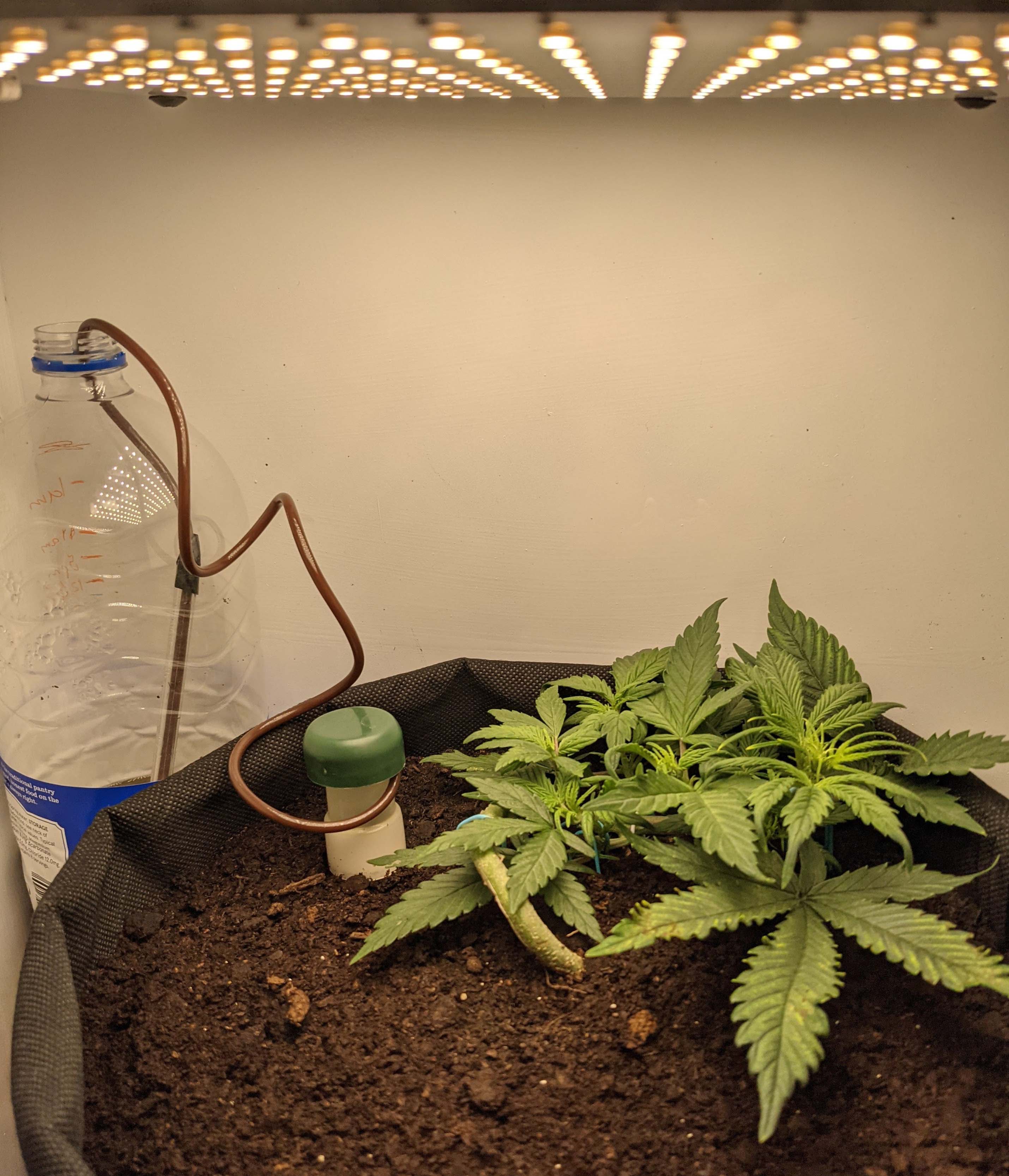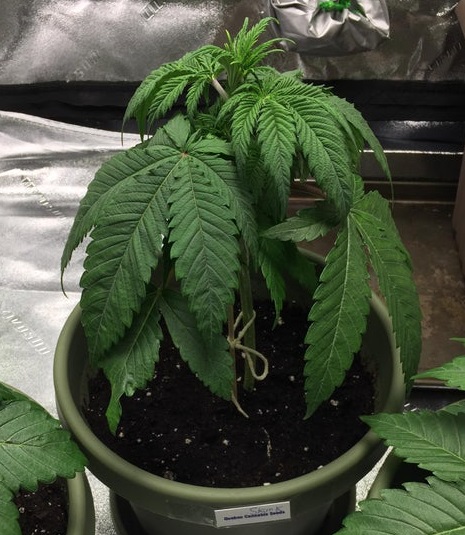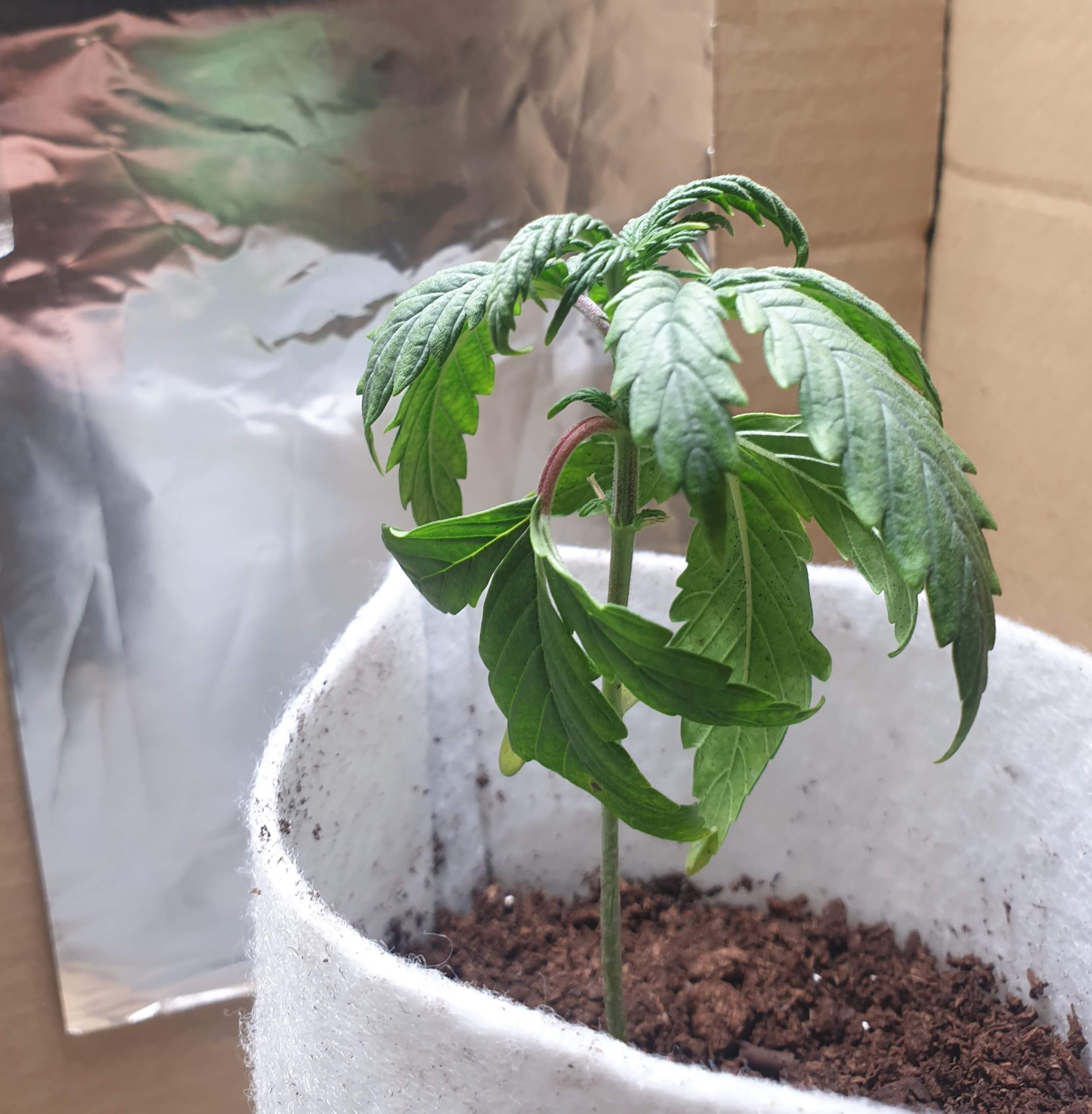Watering: Difference between revisions
m (→Under/over watering symptoms: clarification) |
m (→pH: link to lockout page) |
||
| Line 13: | Line 13: | ||
It's a good idea to check your tap water with a digital pH meter as it will vary depending on your geographical location. If water is too alkaline (pH too high) a few drops of lemon juice or vinegar can be added. To increase pH you can add dolomite lime. |
It's a good idea to check your tap water with a digital pH meter as it will vary depending on your geographical location. If water is too alkaline (pH too high) a few drops of lemon juice or vinegar can be added. To increase pH you can add dolomite lime. |
||
| + | |||
| + | [[Nutrients#Nutrient lockout|More on nutrient lockout]] |
||
== Dissolved solids / Nutrients == |
== Dissolved solids / Nutrients == |
||
Revision as of 15:09, 18 September 2022
A lot of beginners struggle with under/overwatering, and to add to the confusion, in both cases the plant will wilt. Plants should be watered until there is some drainage from the pot to remove old salts (nutrients) and stagnant air from the soil and ensure the plant is sufficiently watered. Consider using a plant pot saucer or drip tray to easily collect the drained water. Fabric pots provide the best drainage as the fabric is very porous.
Under/over watering symptoms
Under-watering causes leaves to wilt due to a loss in rigidity as there is low moisture content. They will feel very thin as a result. Over-watering causes leaves to wilt due to the weight of excess moisture content. Feeling the texture, thickness, weight, and flexibility of the petiole will help you determine if the plant is over or under watered. An under-watered plant will display a complete lack of rigidity in the petiole.
pH
The ideal pH of the water applied should be between 6.2 and 6.7. Note to also measure pH after adding nutrients to the water. If it's too high for too low, the nutrient intake will be blocked. This is an especially important rule to observe when using nutrient formulas as to not waste them! It's important to note that pH is a logarithmic scale, meaning that 6 pH is 10 times more acidic than 7 pH.
It's a good idea to check your tap water with a digital pH meter as it will vary depending on your geographical location. If water is too alkaline (pH too high) a few drops of lemon juice or vinegar can be added. To increase pH you can add dolomite lime.
Dissolved solids / Nutrients
Water naturally comes into contact with minerals and metals which leads to some dissolved content. This is typically what affects the pH of the water and is referred to as "soft" or "hard" water. The mineral content of water can affect the growth of the cultivar both positively and negatively, depending on what is present.
Reverse Osmosis water
Some growers don't have access to pure water and use water filtered by reverse osmosis (RO). It is recommended to filter water that has more than 50ppm of any mineral[1]. This technique of filtering removes almost all contaminants and other particles larger than 0.001 microns. In other words, this removes almost all nutrients from the water. RO water can be purchased or created using specialist hardware.
Wet-Dry Cycle
When growing in soil, the soil should be left to dry before watering. Allowing the soil to dry encourages roots to grow as they search for water and also reduces the chance of root rot.
Water stakes

A form of automatic watering that allows the plant to “drink” water through a straw. Ideal if you need to leave a plant unattended for a few days.
References
- ↑ Marijuana Horticulture Fundamentals: A Comprehensive Guide to Cannabis Cultivation and Hashish Production, Kenneth Morrow, K of Trichome Technologies ISBN 13: 9781937866358

